Better Homes And Gardens Flower Guide
Wildflowers are as beautiful as any other garden flower. Wildflowers are truly special, mainly because they can grow without external influence; that is, with no influence from gardeners.
- What Are Wildflowers?
- How to Grow Wildflowers
- Tips for Growing Wildflowers
- A List of Wild Flowers You Can Plant
- Yellow Wildflowers
- Black-eyed Susan
- Fennel
- Purple Wildflowers
- Cleome
- Globe Candytuft
- Dog Violet
- Red Dead-nettle
- White Wildflowers
- Snowdrop
- Yarrow
- Bishop's Weed
- White Dutch Clover
- Red Wildflowers
- Blanket Flower
- Drummond Phlox
- Texas Paintbrush
- Nasturtium
- Orange Wildflowers
- Iceland Poppies
- Zinnias
- Blue Wildflowers
- Cornflower
- Baby Blue Eyes
- Field Speedwell
- Pink Wildflowers
- Butterbur
- Garden Columbine
- Yellow Wildflowers
- Frequently Asked Questions about Wildflowers
- What is the difference between wildflowers and native flowers?
- How can you maintain a wildflower garden?
- Do I need to water a wildflower garden?
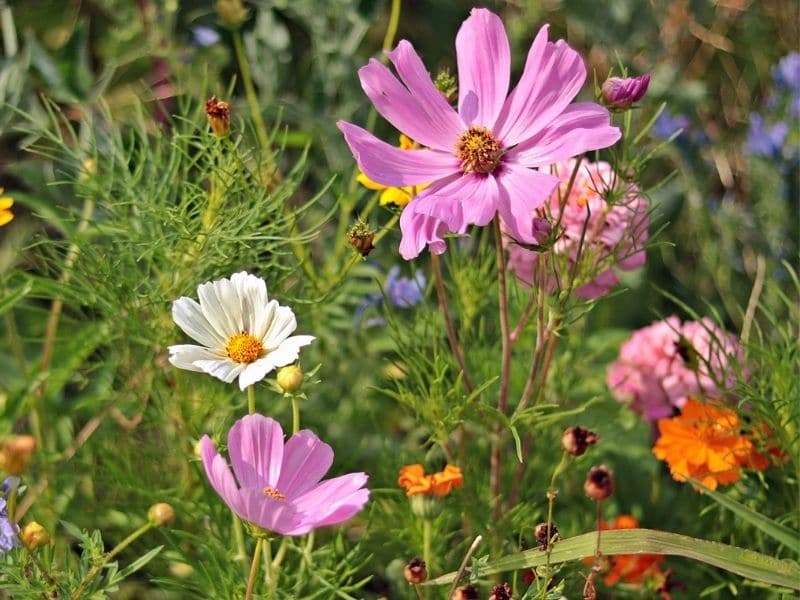
Many gardeners around the world have found ways of growing wildflowers, such as Black-eyed Susan, Yarrow, or Iceland poppies. In this article, we'll discuss popular types of wildflowers you can grow in your garden.
What Are Wildflowers?
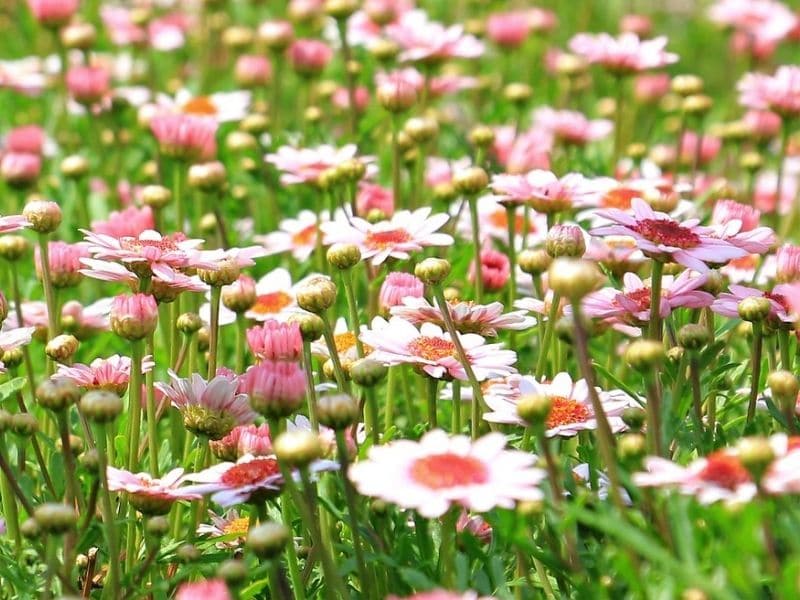
Wildflowers (or wild flowers) are flowering plants that grow naturally in the wild. This usually means that people don't intentionally seed or plant them
Wild flowers are often considered a low-cost alternative garden option for those who cannot invest much time in a high-maintenance garden. In addition, having a wildflower garden can also help to fill empty areas with difficult or neglected soil.
How to Grow Wildflowers
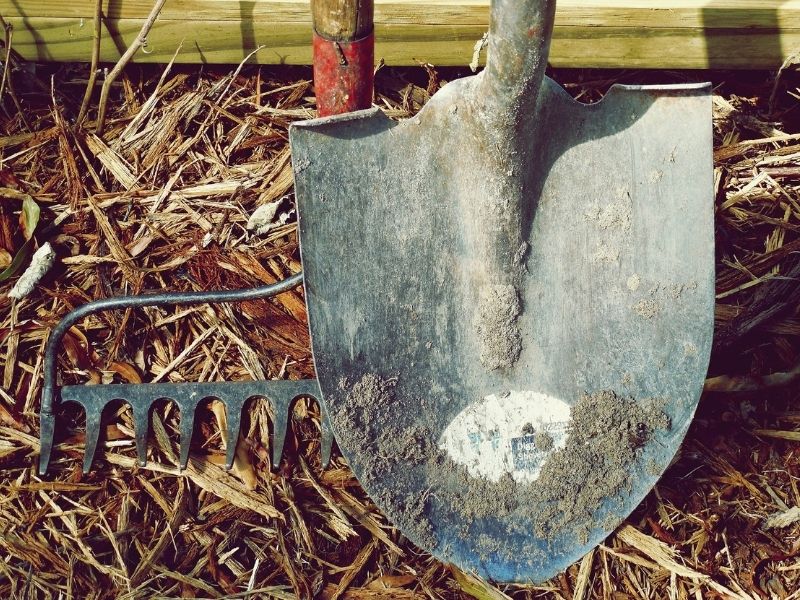
There are different ways of growing wild flowers:
- from seeds;
- from mulching with wildflower turf; and
- from planting wildflowers plugs.
Tips for Growing Wildflowers
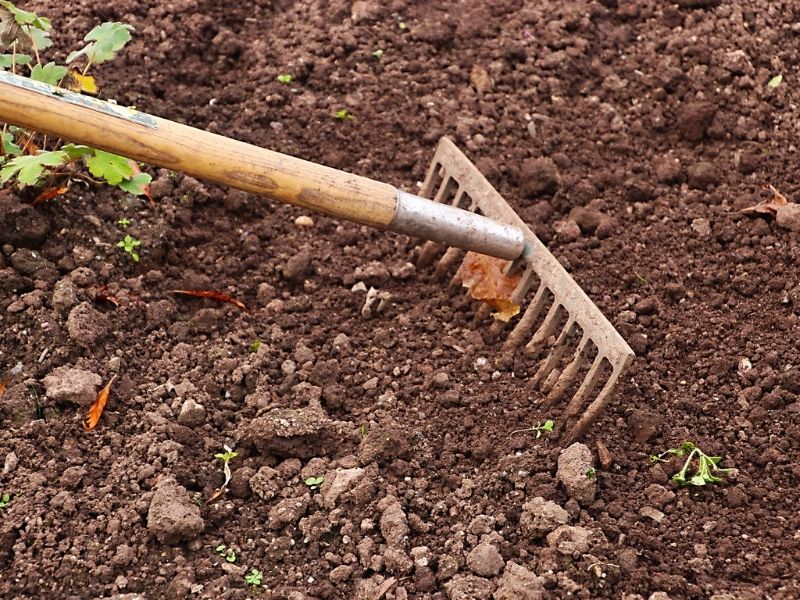
Here are some tips how to plant wildflowers in any garden:
- Try a raised bed gardening system. This will allow the gardener to control the areas where the wildflowers will grow, and will also keep the unwanted weeds at bay.
- Plant wildflowers at the beginning of spring, if possible. This will allow the plants to develop fully.
- If you are not doing raised beds for the wildflowers, then you should keep a considerable walkway in the wildflower garden you are creating; it will be easier to maintain the future meadow path.
- Start learning about what to do with all the beneficial insects and pollinators that will, undoubtedly, visit your new wildflowers!
A List of Wild Flowers You Can Plant
These are the most common wildflowers including perennial wild flowers you can grow:
Yellow Wildflowers
Black-eyed Susan

Scientifically known as Rudbeckia hirta, Black-eyed Susan is the most propagated wildflower in the world! They can grow up to 3 feet in height. Some gardeners consider them as an invasive species because it can self-sow.
Fennel
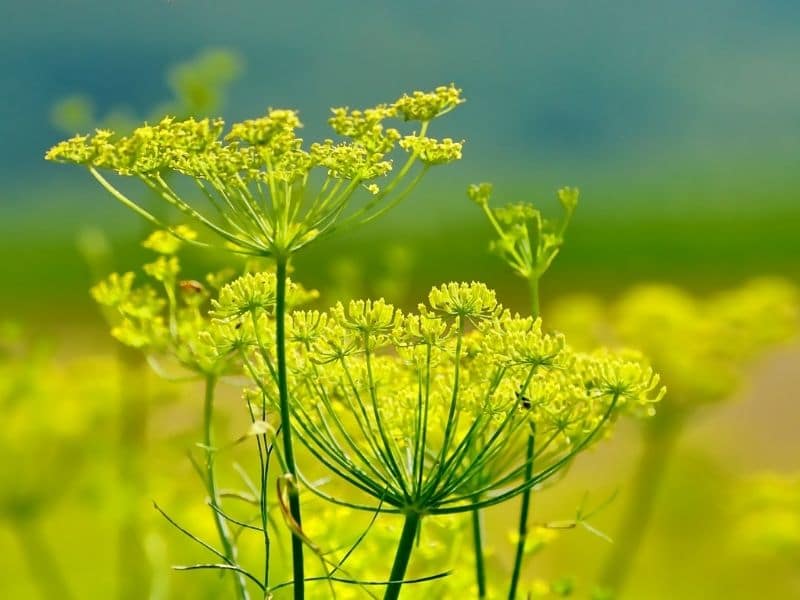
Fennel is a wildflower and also a herb. They belong to the same family as carrots. Fennel plants can grow up to 8 feet in height if left unattended.
Purple Wildflowers
Cleome

Cleome wildflower is also known as Cleome hassleriana. Cleome is an annual wildflower that will take its time to develop fully; hence, why this type of wildflower is not sown as often. They can grow up to 5 feet tall and need full sun to thrive.
Globe Candytuft
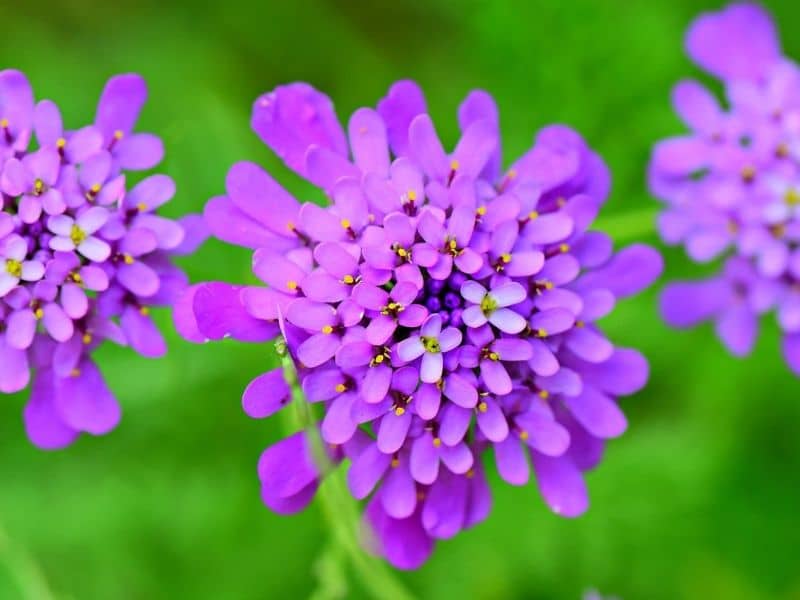
This wild flower is scientifically known as Iberis umbellata. This type of flower prefers rocky and bushy areas. If these conditions are not met, it is more difficult to grow them!
Dog Violet
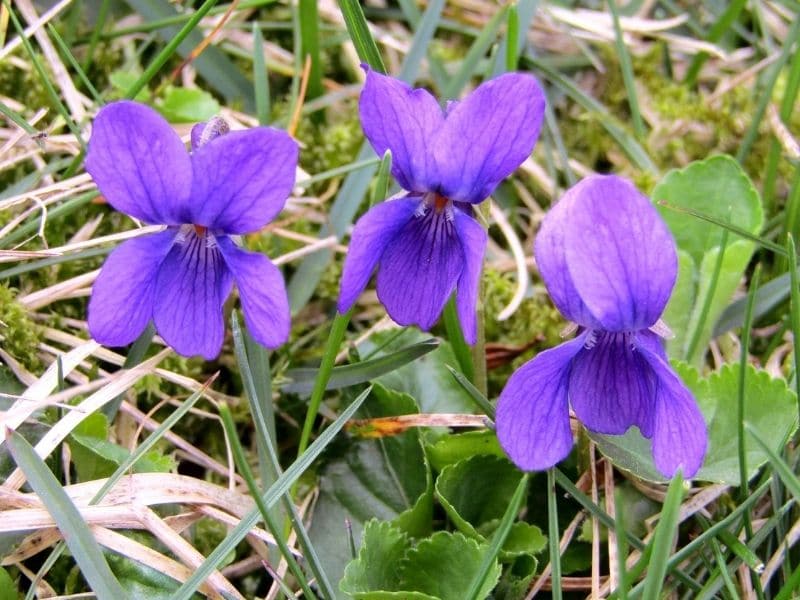
Its scientific name is Viola riviniana. This type of wildflower will appear in many areas of the world. They are easy to identify by its heart-shaped leaves. This is the only type of viola wildflower that does not have any scent.
Red Dead-nettle
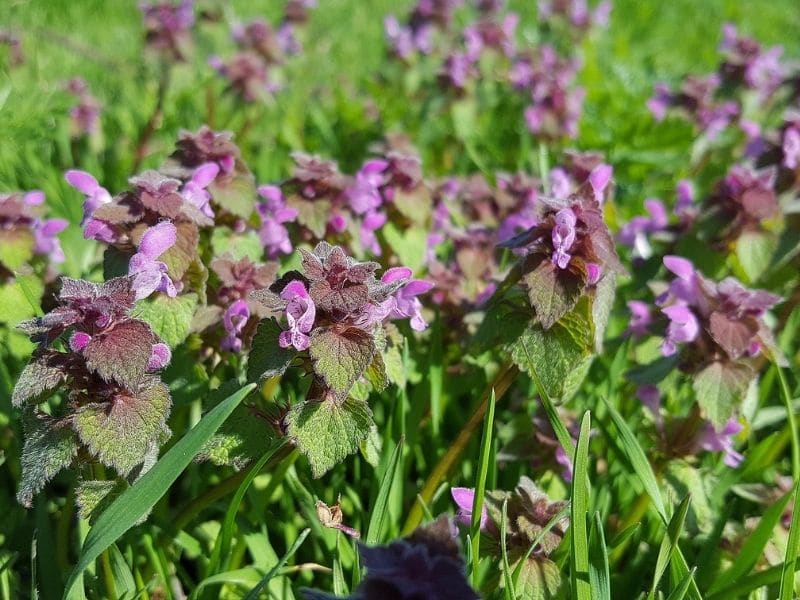
Red Dead-nettle is scientifically known as Lamium purpureum. Although its name suggests it's a red plant, in reality, it has purple flowers. They are often seen alongside roadsides.
White Wildflowers
Snowdrop
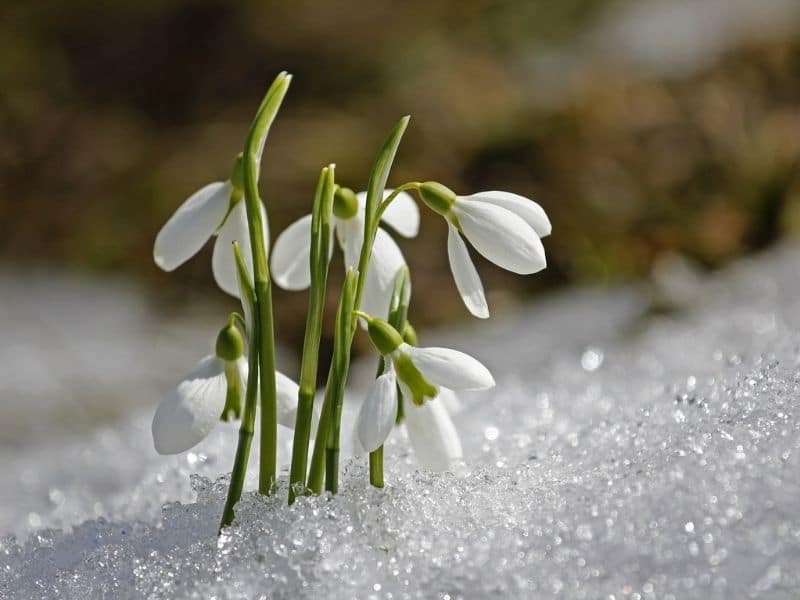
Snowdrop flowers have very interesting-looking petals. They look like drops of milk hanging out of the stem, with little to no foliage.
Yarrow
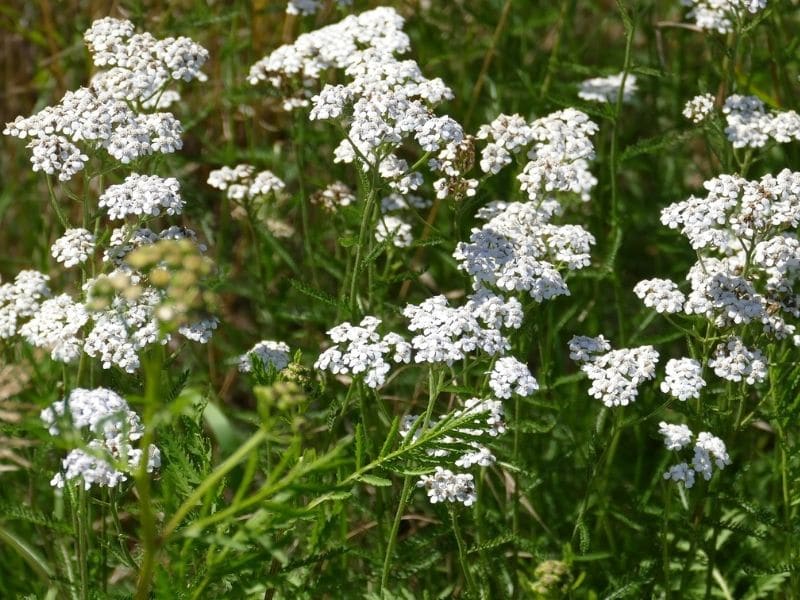
Yarrow wildflowers are referred, scientifically, to as Achillea millefolium. They are care-free wildflowers, so gardeners do not pay much attention to this plant.
As a perennial plant, it can grow up to 4 feet in height, and they come in yellow, pink, or white varieties.
Bishop's Weed
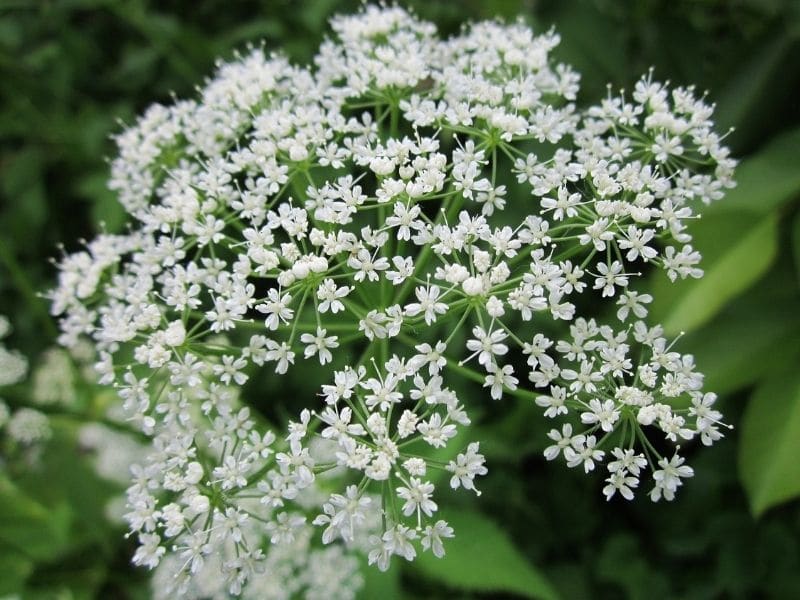
This perennial plant is scientifically known as Aegopodium podagraria. As its name suggests, the bishop's weed is considered, well, a weed. As a result, they will grow anywhere, if left unattended!
White Dutch Clover
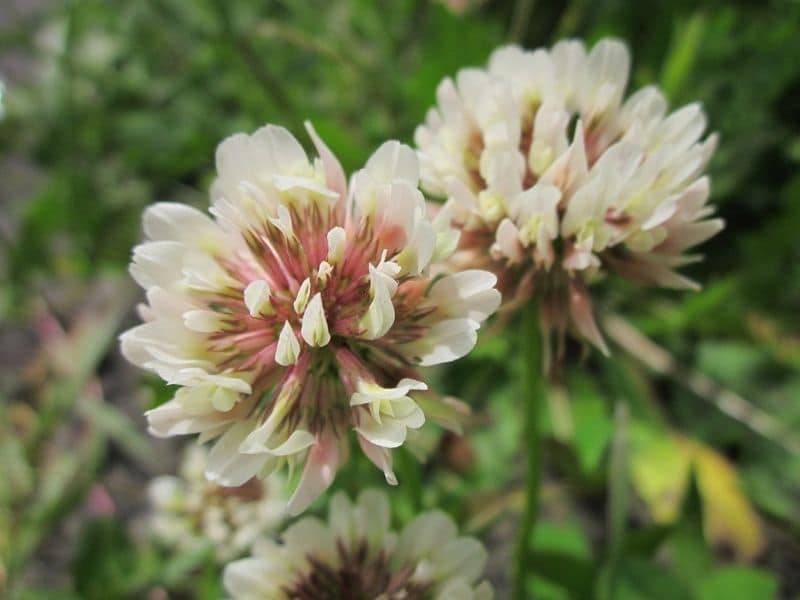
Scientifically known as Trifolium repens, this wildflower is low-growing, and it used to be considered as a legume plant until recently. White Dutch clover is a great source of proteins, so they can be consumed as survival food, or they could be given to livestock.
Red Wildflowers
Blanket Flower
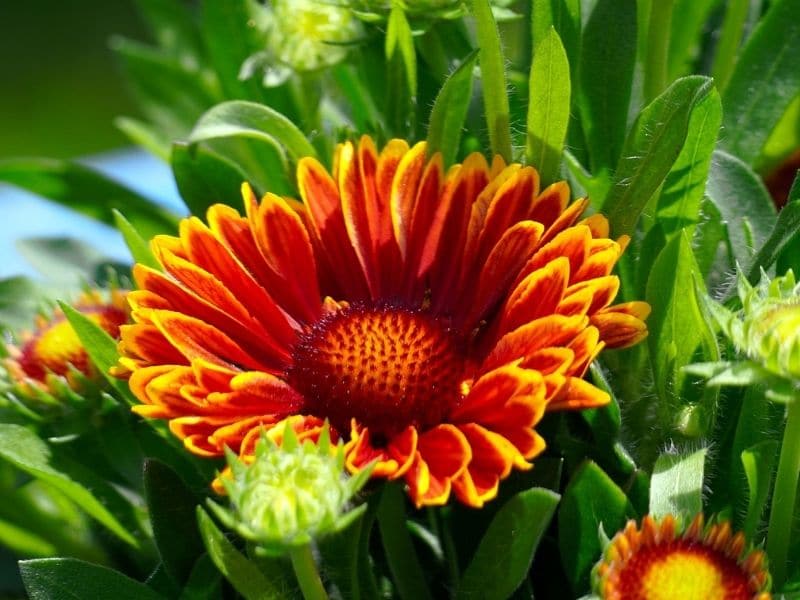
These wildflowers have bright and vibrant colors. The Gaillardia pulchella, which is the scientific name of the blanket flower, is known for having red petals and yellow rims.
Drummond Phlox
This flowering plant comes in a wide range of colors: purple, red, white, and yellow are only a few! This annual plant has some slight scent and requires plenty of water to thrive.
Texas Paintbrush
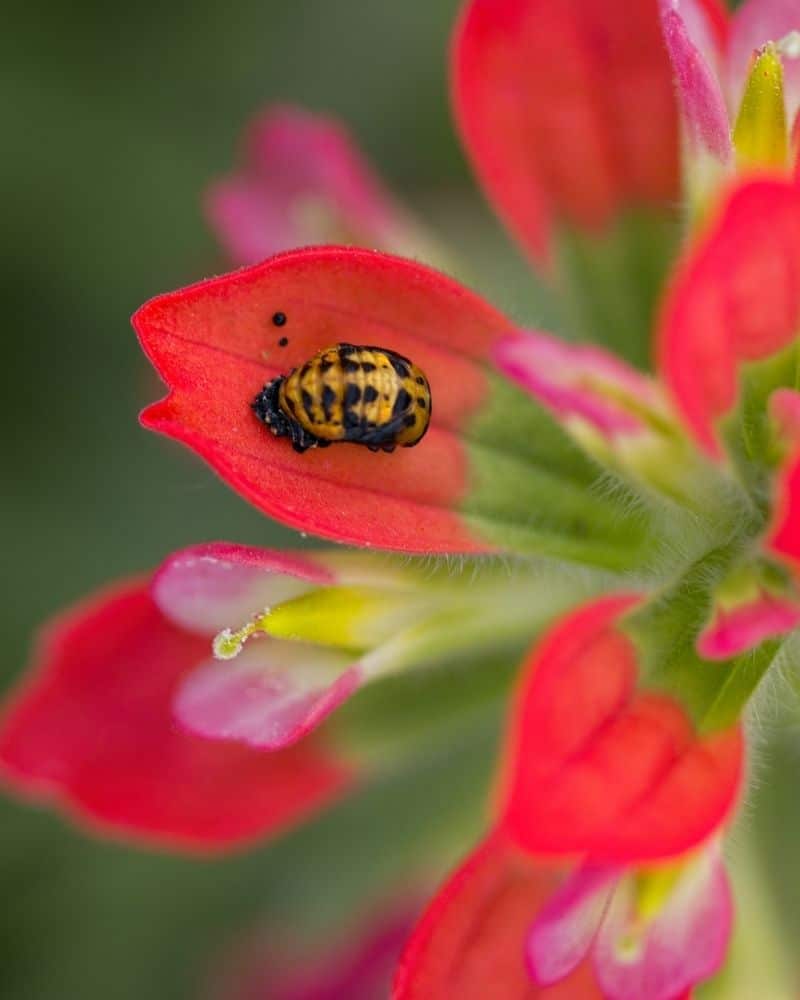
This small wild flower is also referred to as Castilleja indivisa. They can be found all over the state of Texas. They have tubular petals and should be sown in well-drained soils at the beginning of fall.
Nasturtium

Nasturtium is an all-time favorite for gardeners because it will grow rapidly. In addition, they are also an edible wildflower and companion plant that brings many benefits to vegetable gardens. They come in a wide range of colors, including right red.
Orange Wildflowers
Iceland Poppies
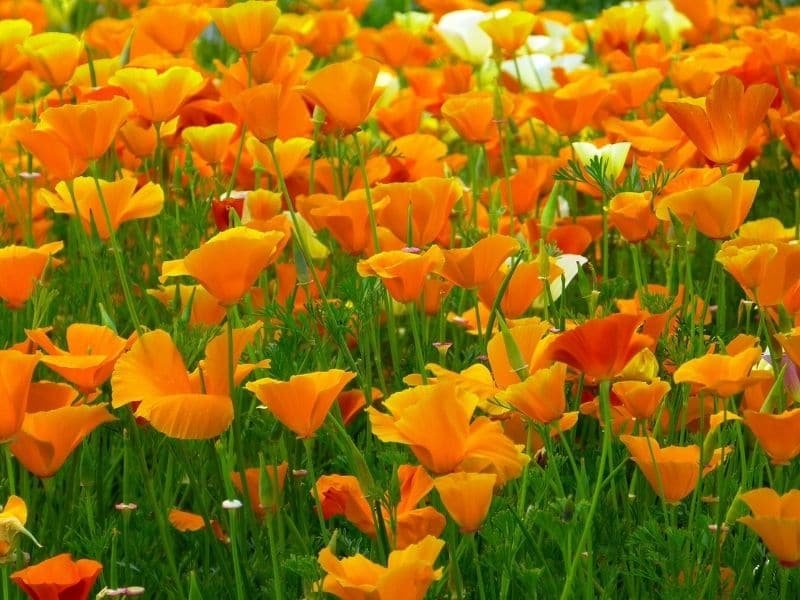
Scientifically referred to as Papaver nudicaule, these poppies can grow up to 2 feet in height and will bloom from spring until late summer. Iceland poppies are red, yellow, orange, or pink.
Zinnias
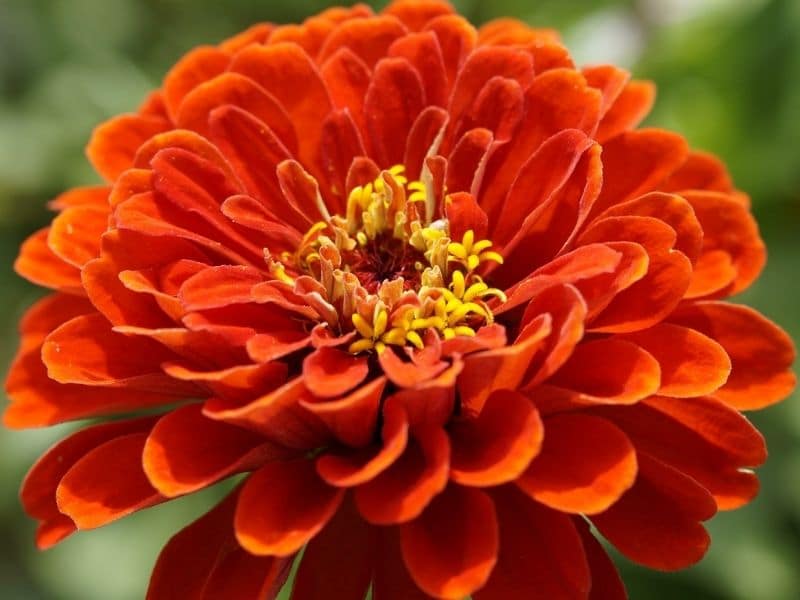
Not many people are aware of the fact that zinnias are wildflowers! They can easily grow almost everywhere, and they are known for blooming heavily!
Zinnias are annual flowers, so they will grow one year and will create seeds for next year's zinnias.
Blue Wildflowers
Cornflower

Cornflower is scientifically known as Centaurea cyanus. They are very popular wildflowers, mainly because of the flower's colors and their medicinal uses.
As its name suggests, they can easily grow in cornfields (or any other type of grain field). Cornflowers usually have a very intense color, and the most common one is the blue variety.
Baby Blue Eyes
Scientifically known as Nemophila menziesii, this plant is native to North America. As its name suggests, these flowers have baby blue petals and a white center. They can spread rapidly, although they prefer high altitude areas.
Field Speedwell
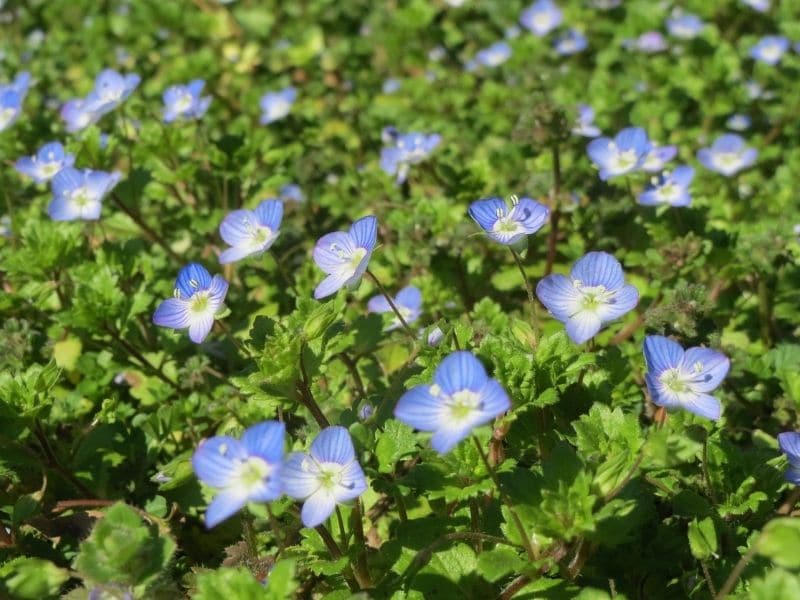
Some gardeners referred to them as Veronica persica. This wildflower has blue petals with a white center. More often than not, this type of flower is considered a weed.
Pink Wildflowers
Butterbur
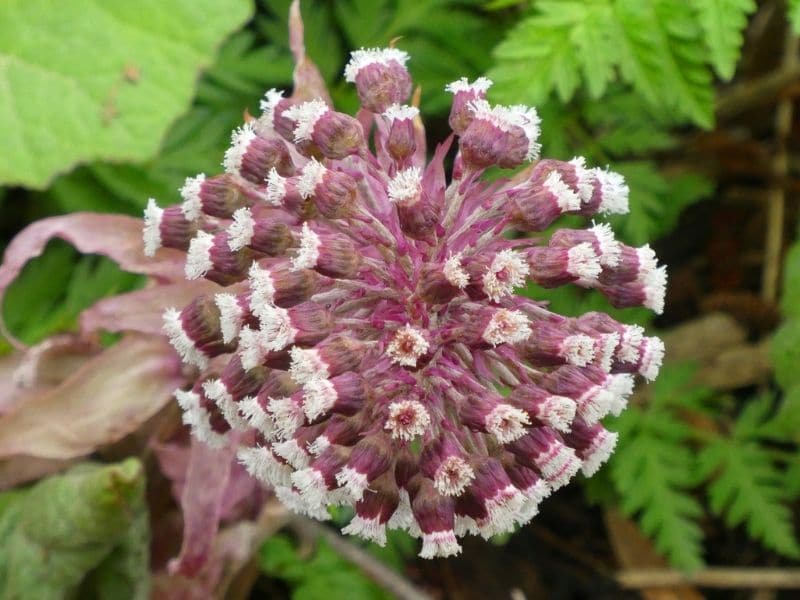
This flower is scientifically known as Petasites hybridus. They can be recognized by its enormous leaves, which will only appear after the flower has bloomed.
Garden Columbine
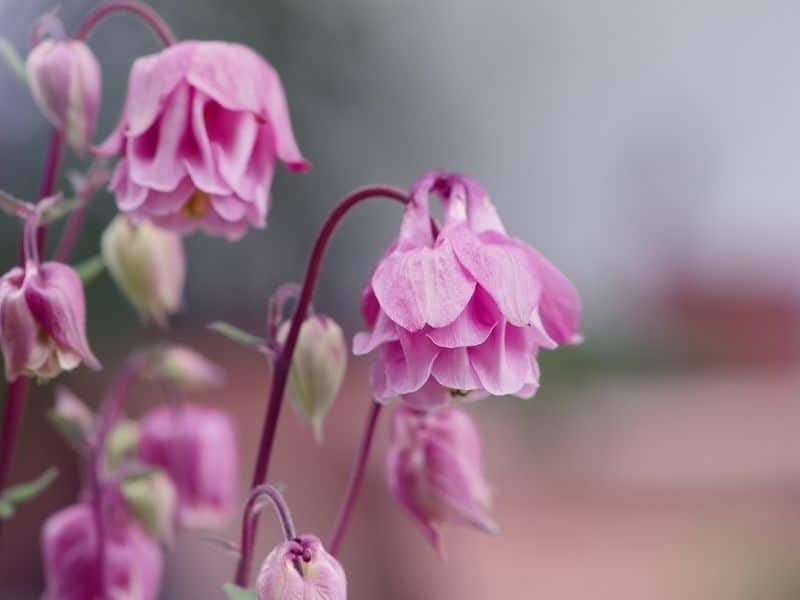
This perennial plant has bell-shaped petals that will catch everyone's attention! Garden columbine wildflowers will only last for a couple of years; however, rest assured their reproduction is guaranteed, as they will self-sow during the following years.
Frequently Asked Questions about Wildflowers
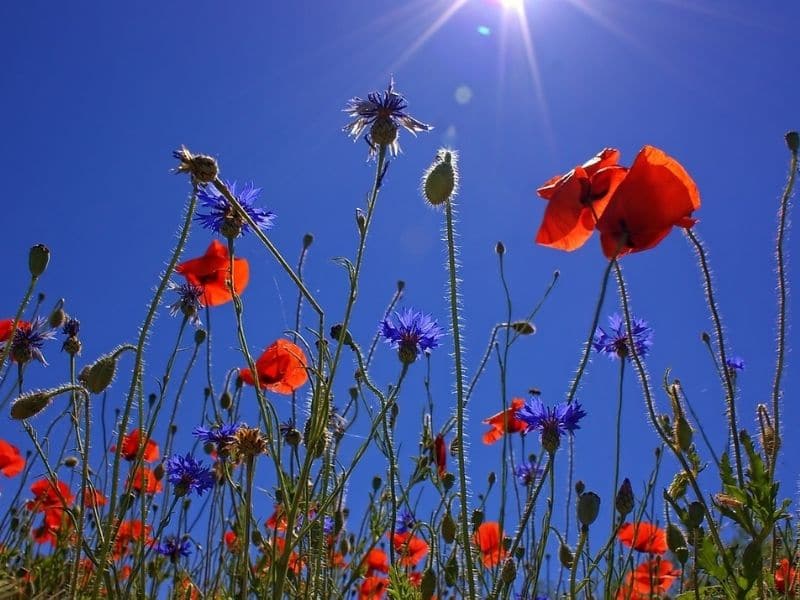
What is the difference between wildflowers and native flowers?
Native plants were born in a specific area since the beginning of their time. As a result, they have gone through adaptation processes that have allowed them to continue growing uninterruptedly. Usually, native plants do not need external attention from a carer, so they will grow regardless.
On the other hand, wildflowers are sometimes not native to a specific area; as a result, they haven't experienced many processes of adaptation to that particular location. Wildflowers will require a carer, albeit sometimes the attention will be minimal.
How can you maintain a wildflower garden?
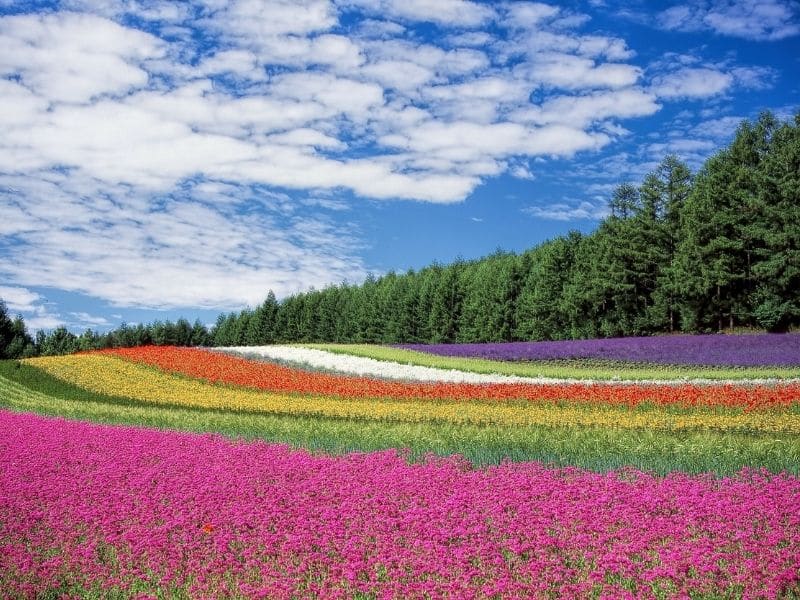
Maintaining a wildflower garden is not an impossible task, however, the gardener must keep an eye on the different types of wildflowers that could become invasive.
Besides, some wildflowers will self-sow during the second consecutive years, so gardeners must choose a site to plant and try to establish a ''wildflower area''.
Lastly, gardeners should water the wildflowers if it's necessary; this usually means during drought periods, as wildflowers are hardy.
Do I need to water a wildflower garden?
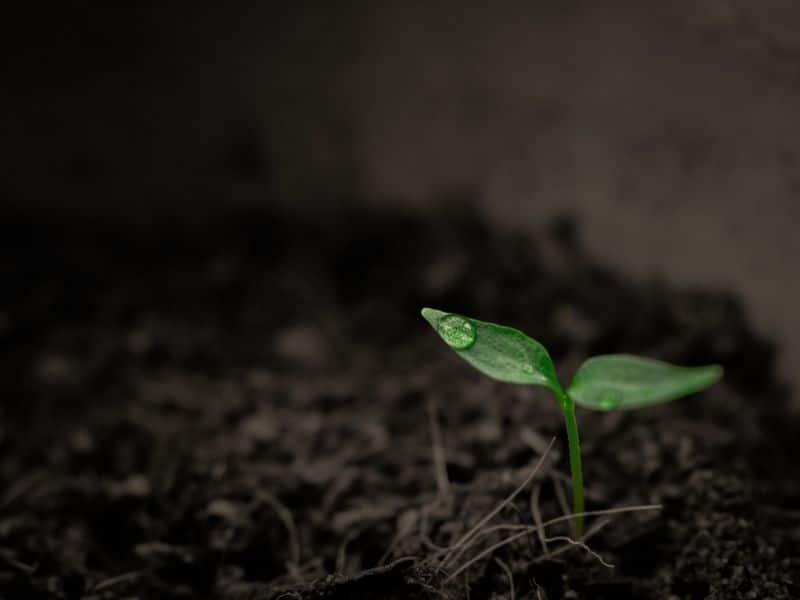
If you live in an area with little to none rainfall, then it is advisable to water your plants regularly, even if they are wildflowers. However, you shouldn't water them every day, otherwise, they will be overwatered, unnecessarily.
Conclusion
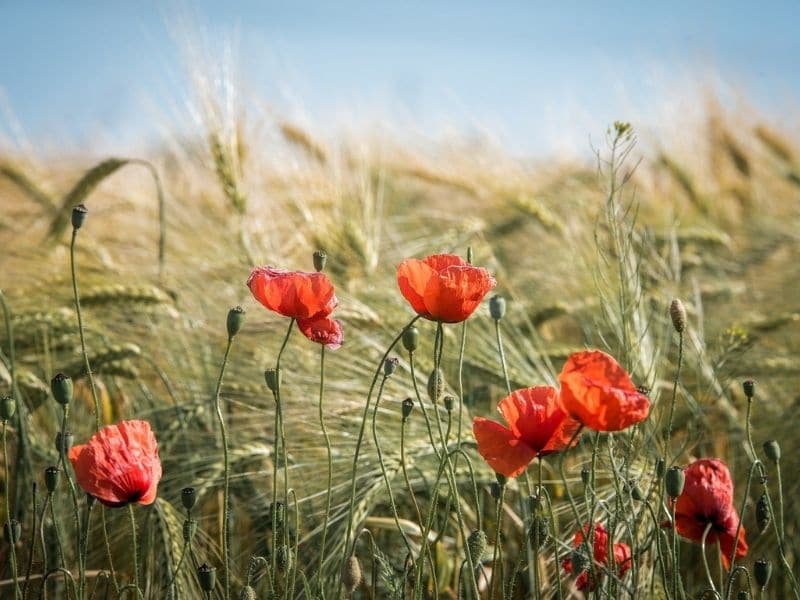
First-time gardeners will love to grow wild flowers because they are easy to maintain, they can offer protection as a cover crop, and sometimes they are even edible or have medicinal benefits.
Wildflowers will also attract different types of pollinators that, in turn, take care of the environment. Having a wildflower garden can provide many benefits for old and new gardeners!
For more flowers you can grow, check our full list.
Better Homes And Gardens Flower Guide
Source: https://florgeous.com/wildflowers/
Posted by: arellanoexproul.blogspot.com


0 Response to "Better Homes And Gardens Flower Guide"
Post a Comment